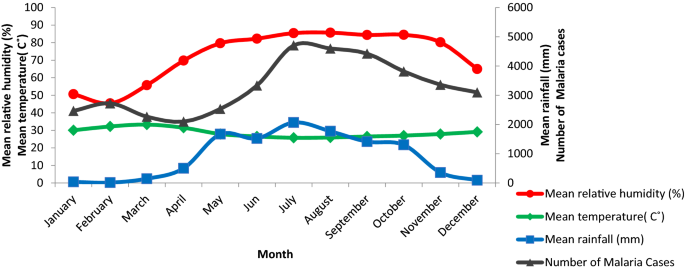Controlling malaria is one of the top health sector priorities in Ethiopia. The concrete prevention, control, and treatment interventions undertaken in the past two decades have substantially reduced the morbidity and mortality attributable to malaria. Emboldened by these past achievements, Ethiopia envisages to eliminate malaria by 2030. Realizing this ambition, however, needs to further strengthen the financial, technical, and institutional capacities to address the current as well as emerging challenges. It particularly needs to step up measures pertaining to diagnosis, domestic resource mobilization, vector surveillance, and seasonal weather forecasting.
Read the full article here!

Comments
Post a Comment